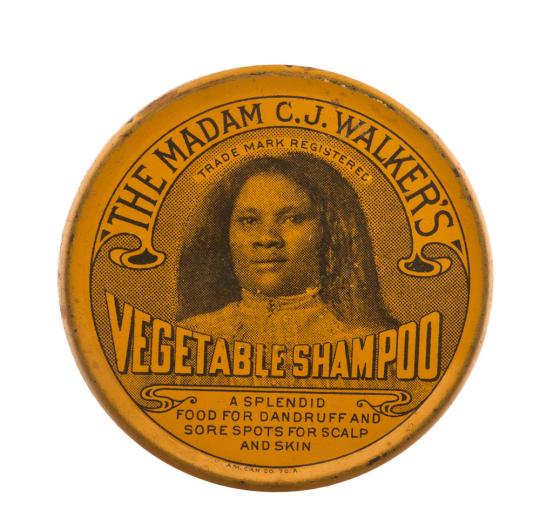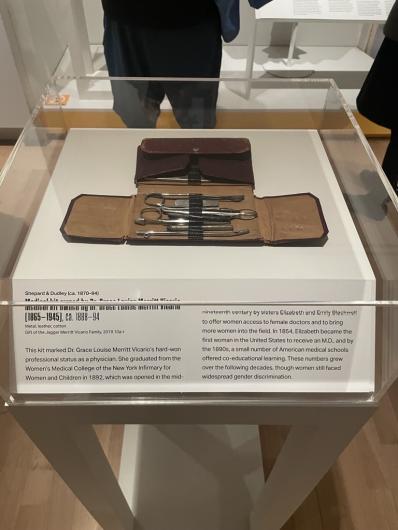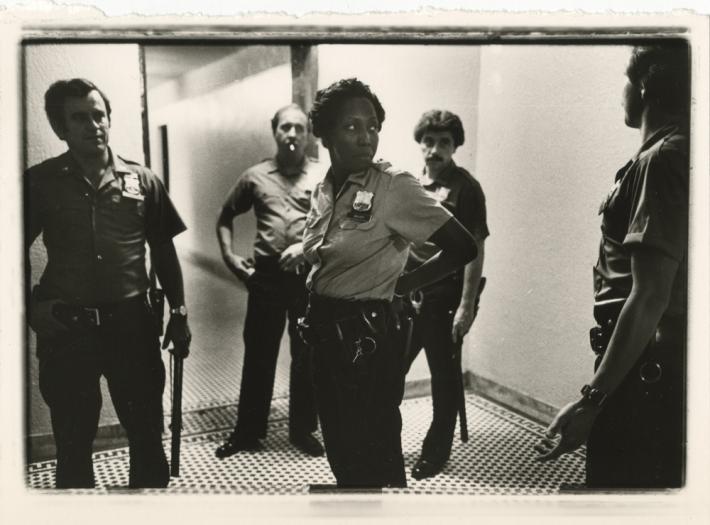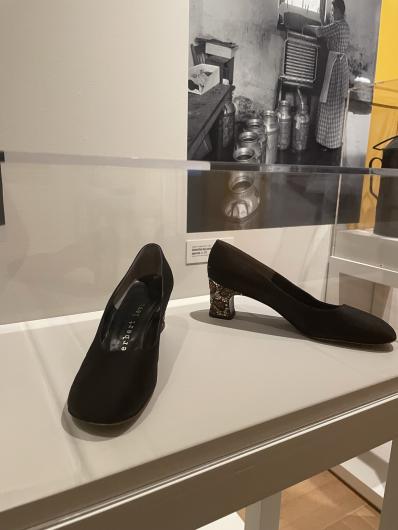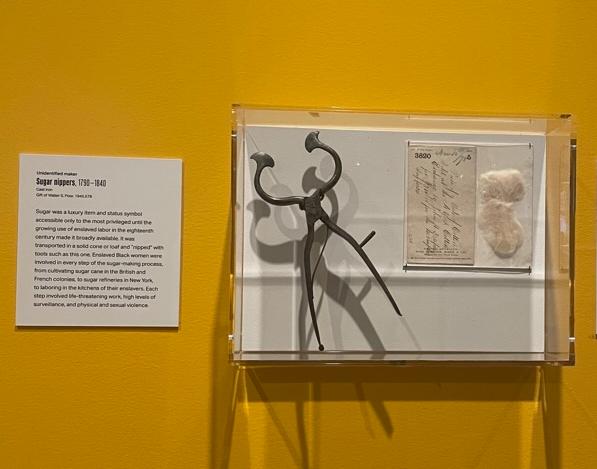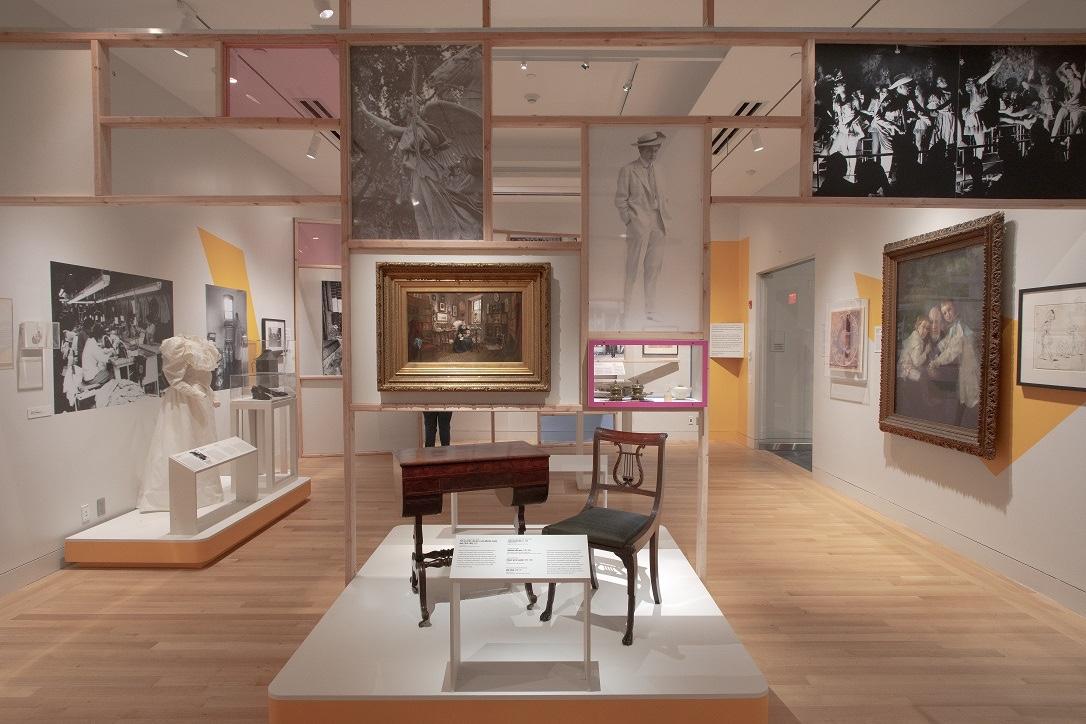
Installation view of the exhibition "Women's Work" at the New-York Historical Society
The New-York Historical Society has always been passionate about spotlighting the lives and legacies of women in history through its Center for Women’s History, the first of its kind within a major museum.
The current exhibition, “Women’s Work,” which is on view through August 18, 2024, explores the history and evolution of women's labor in American society.
Through approximately 45 objects drawn from the New-York Historical’s museum and library collections, the exhibition attempts to define the phrase "women's work" by exploring the range of jobs that women have held over centuries, and the cultural norms related to those roles deemed appropriate for women. The show, which was curated by the curatorial staff and fellows of the Center for Women's History, proves that the work that women do (and have done throughout American history) is vitally important to all aspects of American life.
Inspired by the tactile objects that women have used or created, we selected five objects from the exhibition that show the history and development of women’s work.




